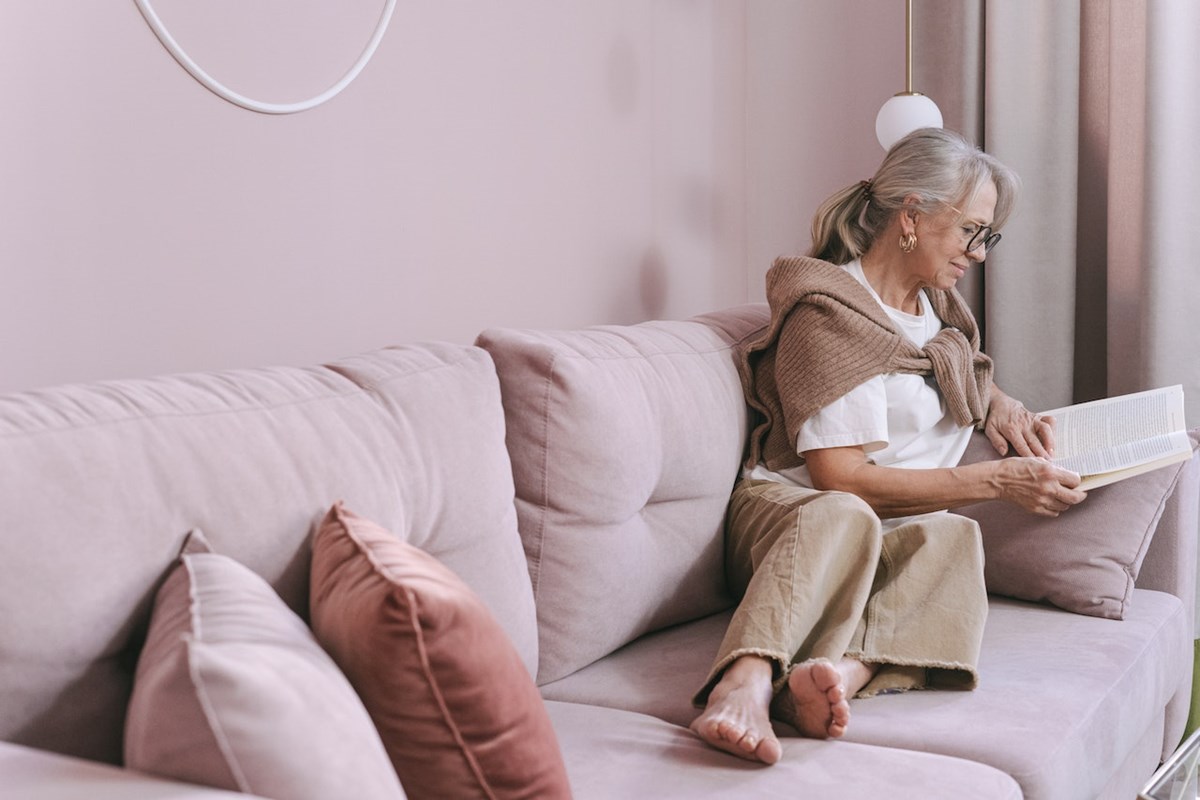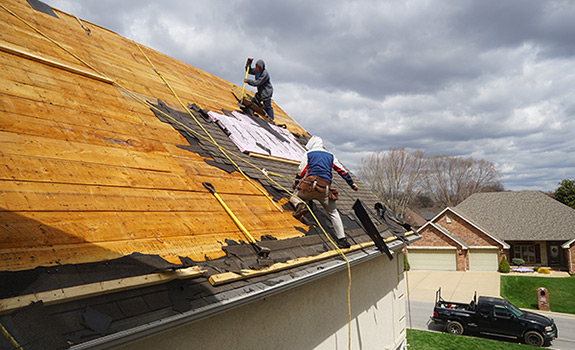Whether you’re about to build a new house or renovate your existing one, have you thought about how its design could affect you when you get older?
When you remodel or build your home, you should take some time to consider whether it will be senior-friendly – whether you plan on aging in place or you have other seniors in your life.
Since you’ll be working on your home anyway, now is an excellent opportunity to make some modifications to ensure the house is comfortable, secure, and safe.
Here’s how to ensure a senior-friendly home

Senior-Friendly Design
When it comes to design, seniors often encounter problems like doorways that are too narrow to accommodate a wheelchair, stairs that are too steep, furniture that impairs mobility, and inaccessible kitchens and bathrooms.
To turn your home into one that can accommodate you as you get older, consider the following furniture and design modifications to make it safer and more comfortable.
Furniture
Furniture that is low to the ground can make it difficult for seniors to sit down and get up by themselves. Higher furniture, adjustable seats, and adjustable beds for elderly people are vital to ensure ease of movement and independence.
For the bedroom, look for a bed that can be easily gotten in and out of– the senior’s feet should be able to rest on the floor while seated on the edge of the mattress. Choose a thick mattress to add height and a padded headboard for cushioning. Adjustable beds are preferable because they can be moved into a flat or seated position, and their height can be adjusted.
Looking to the future, you need to consider creating a wheelchair accessible home, not because you’re expecting to grow weak and in need of assistance anytime soon but because of the uncertainties of life. Even the most active individuals will be prone to the effects of aging in one way or another eventually.
A wheelchair-accessible home is imperative for the elderly. Even the most familiar space can become challenging to navigate in old age. Solutions to make the space less hazardous and easier to live in are readily available, you only need to adapt them to your home.
Many people would prefer a soft mattress, even a water bed for their bedroom, but it will not be suitable for a senior. Any soft and unstable material which they could sink into is not a good idea. Aside from the difficulty in getting out of the mattress, they can also get their wrists and arm injured when they use it as support in getting up.
In shared areas like the lounge and dining room, opt for furniture at least standard height – avoid low-seating dining tables and on-the-floor diwans.
Seniors are always apt to rest their tired legs, so a footrest is also a smart, versatile addition in any shared area because it helps improve circulation. Go for a bright-colored piece so that seniors can easily spot it.
If you enjoy carpets or rugs on your tiled or marble floors, install carpet underlays to prevent them from slipping or becoming a tripping hazard.
Older individuals also tend to have weak contrast perception, so use different, high-contrast colors on the floors and walls. A senior person should be able to differentiate between any drops in height. For instance, the bathroom’s floor should be a different color from the toilet seat, indicating the height difference and enhancing depth perception.
Lighting and Plug Points
Instead of installing plug points one foot above the floor, place them at tabletop height. Having the plug points placed higher will make it easier to bend down to plug devices in – especially if you or the senior in your life has back problems.
While having the plug points situated at table height may not be aesthetically appealing, they can look acceptable when they are fixed properly.
Aside from being visually distracting, electrical cords running along the walls exposed are a tripping and shock hazard. To keep the room safe for seniors and clutter-free, install a cord concealer or use a cable clip so that they can still look neat on the wall.
You should also consider installing extra electrical outlets to eliminate extension cords, which are a tripping hazard.
Bathroom Safety
A wet bathroom floor can be dangerous – even for younger people. When choosing the bathroom floor tiles, make sure they are non-slip. If you have bathroom mats or rugs, ensure they are non-skid and won’t slip out from underneath you.
Safety handrails and grab bars in the bathroom are essential for seniors because they help them get in and out of the bath or shower without slipping. To reduce strain on the back and knees, the optimal height for the toilet bowl and seat is 17 inches above the floor.
Another consideration is if the bathroom door opens inward or outward – it should be the latter. When the bathroom door opens outward, there is no chance of someone falling and being unable to get help because they are blocking the doorway.
Kitchen Design
Regarding the kitchen design, triangular-shaped kitchens with an equal distance between the cooker, sink, and fridge are optimal for seniors. Seniors will find it easier to move between the fridge, oven, and sink without tiring when the distance is smaller.
Consider a smaller triangle layout to accommodate you as you age. Use a microwave stand instead of sinking it in a shelf or placing it at the back of the counter. This way, the microwave will be more accessible to seniors – especially those in wheelchairs.
Stairways and Steps
Design your home without steps at the main entrance, if possible. Ensure the main door and hallway width is at least 3.5 feet wide to easily accommodate a wheelchair.
Make sure your entrance hallway is well lit, and place a bench near the front door. The bench will be helpful if you have to tie your shoelaces or put something down while you unlock the front door.
Installing handrails on both sides of your staircase is a must for seniors. You should also paint the first and last steps a different color to help seniors see the edge. If you are building your home, don’t make your stairway steep. While your stairway will take up more space, design it with a gentle incline to make it more senior-friendly.
Published in: Home advice | Author: Lynn










